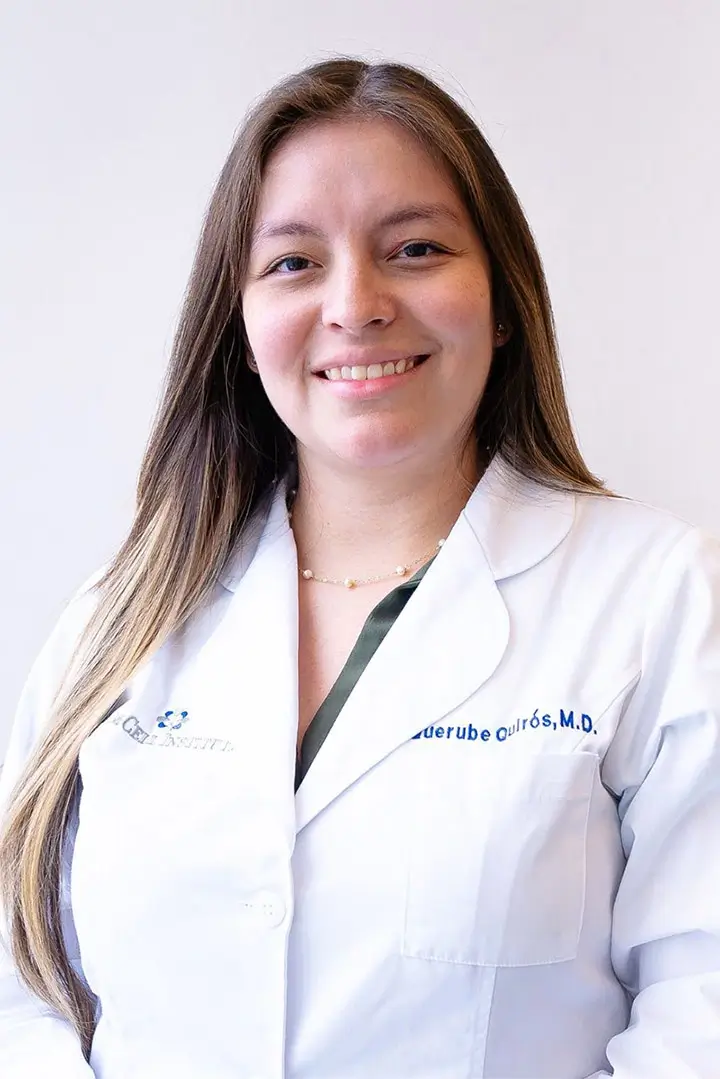Cardiac medicine has traditionally been associated with innovative procedures that sometimes where considered heretical to the present day dogma. For example, the first heart transplant, the use of the balloon catheter, the introduction of thrombolytics, all met substantial resistance from the “establishment” in their time. It appears that the next revolution in cardiac medicine is the use of stem cells. Aside from the obvious ethical and moral dilemmas surrounding embryonic tissues, the major controversy has been the belief that heart tissue does not repair itself after it has been lost. However, slowly but surely it appears that support behind the use of stem cells for heart conditions is gaining momentum.
One sign of this is the recent announcement that Britain’s leading heart charity, the British Heart Foundation (BHF), launched a 50 million pound ($80 million) research project into the potential of stem cells to regenerate heart tissue and “mend broken hearts”.
“Scientifically, mending human hearts is an achievable goal and we really could make recovering from a heart attack as simple as getting over a broken leg,” said Professor Peter Weissberg, medical director at the BHF.
One example of research in this area being performed in England is the work of Professor Paul Riley of the Institute of Child Health at University College London (UCL) who has identified a natural protein, called thymosin beta 4, that plays a role in developing heart tissue. He said his researchers had already had some success in using this protein to “wake up” cells known as epicardial cells in mice with damaged hearts. “We hope to find similar molecules or drug-like compounds that might be able to stimulate these cells further,” he told reporters at the briefing.
Currently the most advanced type of stem cell therapy for the heart involves administration of the patient’s own bone marrow cells into the area of heart damage after a heart attack. This work, which was performed in England and internationally, seems to suggest that cardiac muscle may be preserved when cells from the bone marrow produce various growth factors that stimulate stem cells that are already existing in the heart.
Other methods of administering stem cells into the heart include direct injection into the heart muscle during bypass surgery. This is performed experimentally in patients with severe angina on the hope that the injected stem cells will provide support for formation of new blood vessels, called collaterals, which are anticipated to increase the blood flow to the heart and thereby reduce angina.
Currently embryonic or fetal derived stem cells have not been used for treatment of heart conditions in humans. Therefore, at least for now, ethical issues do not seem to be a major obstacle to advancement of stem cell medicine for hearts.

